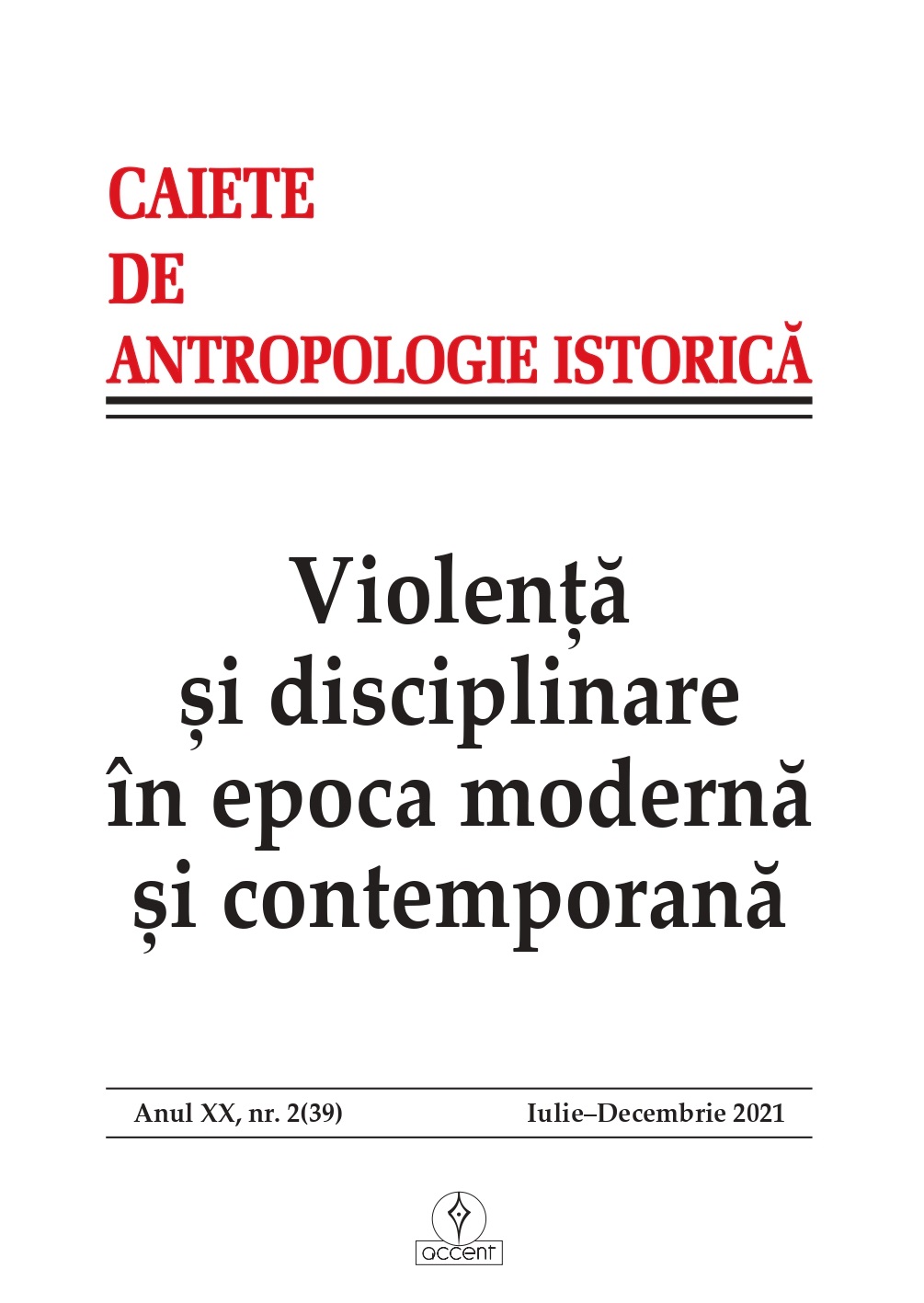Mânăstirile, ca loc al penitenței și pedepsei
Monasteries, as a place of penance and punishment
Author(s): Simona NicoarăSubject(s): Local History / Microhistory, Social history, Modern Age, Culture and social structure , History of Religion
Published by: Accent Publisher
Keywords: 19th century; monastery; spiritual heritage; social discipline; secularization; prison; dungeon; Văcărești; Tismana; Cozia; Snagov;
Summary/Abstract: Since the 1960s, the concerns of lawyers, sociologists, psychologists and historians have expanded to study prison as an isolated environment, governed by specific rules and used to punish antisocial acts. The legal, criminological, sociological and ethnological literature was the closest to the social problems of the prison, using a specific language of analysis. There have been fewer historians’ concerns for studying special places of detention, such as monasteries. From the first centuries of the Middle Ages, monasteries became places of penance, of moral discipline, for fallen monks, but also for the laity. The custom of transforming some annexes of monasteries into prisons, for various social culprits, was old, being one of the expressions of secularization, which became rampant with the eighteenth century. Detention in the monastery was not only a lack of freedom, physical and mental penance, but also a deprivation of food, water, hygiene, there was a danger of outbreaks of epidemics. The abusive application of the secularization of monastic wealth, from 1863, associated with other laws on monastic life, adopted in the nineteenth century, severely affected the heritage of monasteries. In most cases, monasteries deteriorated due to social, political and cultural neglect. The monastic world was affected by the voluntary departure or expulsion of monks from the dungeon-monasteries. The remaining ones were forced to live in the vicinity of the detainees, without the peace of an authentic religious life. This fate was shared by the Văcărești, Cozia, Mislea, Bisericani, Cotroceni, Pantelimon, Pângărați, Bârnova and Bistrița Vâlcii Monasteries. The most dramatic fate befell the Văcărești Monastery. The monastery and the prison were constantly in a paradoxical situation, their fate in the nineteenth century shows the difference between the penance assumed by the monks and the secular punishment, perceived as a deprivation of liberty of detainees, for antisocial acts. The secularization of the forms of imprisonment gradually led to the priority of the secular penitentiary, which took precedence over the Christian penance, as different and, for a long time, complementary forms of social discipline.
Journal: Caiete de Antropologie Istorică
- Issue Year: 2021
- Issue No: 39
- Page Range: 23-35
- Page Count: 13
- Language: Romanian

